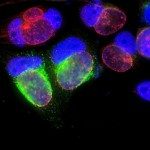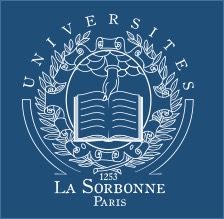About
Chlamydia trachomatis is the most common bacterial cause of sexually transmitted infection and is particularly prevalent in the young population. C. trachomatis is an obligate intracellular bacterium infecting primarily epithelial cells of the genital tract. The clinical course of female genital infection varies greatly, ranging from quick resolution to severe pelvic inflammatory disease (PID), which can result in tubal infertility and ectopic pregnancy. It has been shown that invading C. trachomatis was recognized by TLRs of epithelia of genital tract, leading to the activation of innate defense to eliminate the invading pathogen, including inflammation induction and up-regulation of antimicrobial peptides AMP. The latter is the ancient weapon exhibiting pathogen kill property. The objective of this project is to investigate the host receptor sensing C. trachomatis infection, to identify the mechanisms by which C. trachomatis induces inflammation and activate the host defense as well as to decipher the signalling pathways involved in this process.



